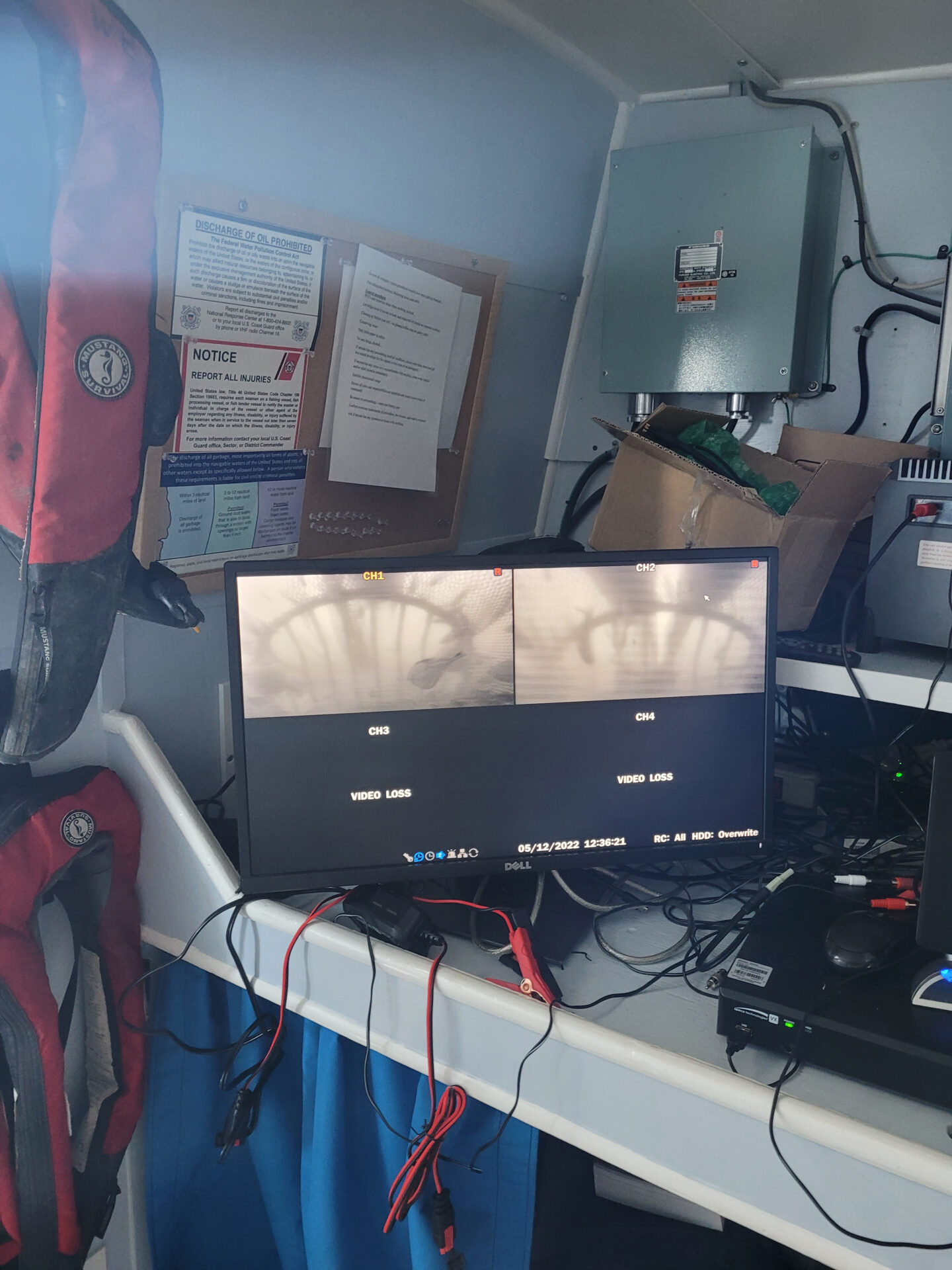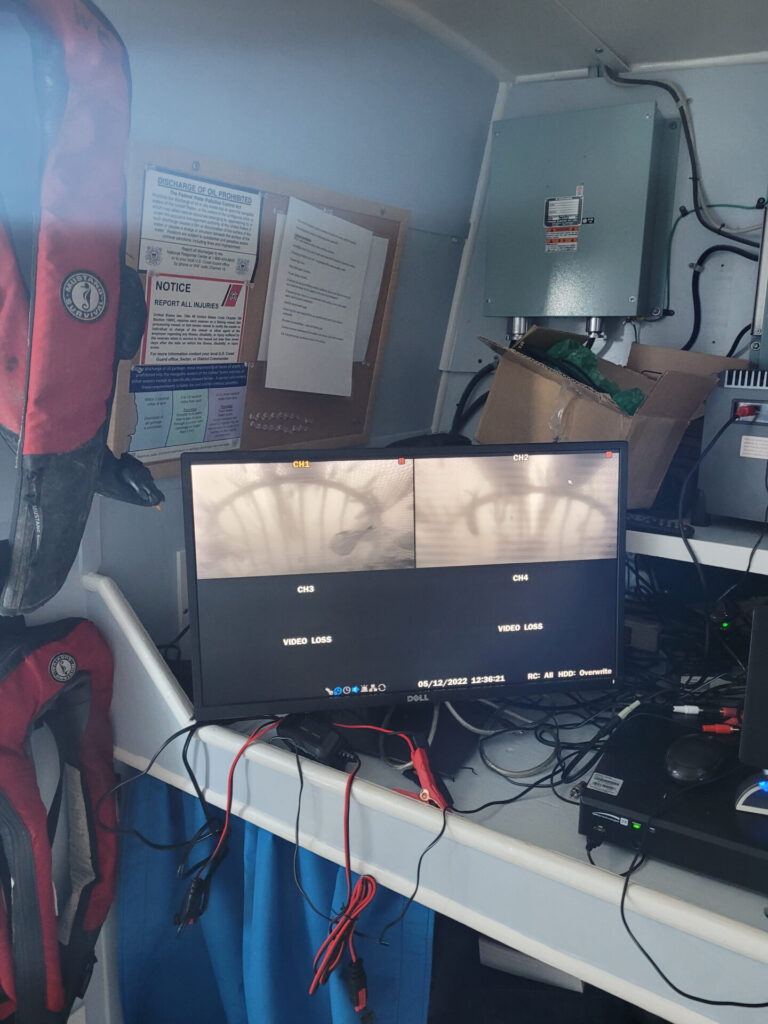Featured
Sound Enhances Sea Turtle Conservation

By Erin Garrett
University of Mississippi

Two researchers at the University of Mississippi’s National Center for Physical Acoustics are battling sea turtle endangerment with an unlikely weapon.
Wayne Carpenter, senior research and development engineer, and Bradley Goodwiller, research scientist, are using sound to monitor turtles that exit shrimp trawls through turtle exclusion devices.
“Acoustic impacts with TEDs have implications in understanding the population, migration and allocation of the species,” Carpenter said. “All of this contributes to important conservation work.”
The project, Acoustic Enumeration of Sea Turtle Impacts with TEDs (Turtle Excluder Devices), was funded through the National Oceanic and Atmospheric Administration’s Bycatch Reduction Engineering Program.
One of the most common threats to sea turtles is getting caught in fishing gear and drowning. TEDs, which are grids made of metal bars that fit into trawl nets, combat this issue. They allow small animals, such as shrimp, to pass through the grid and be caught.
When larger animals, such as turtles, sharks and stingrays, enter the net, they are stopped by the TED and allowed to exit through an opening.
The federal government has mandated TEDs in the shrimping industry since 1987. They have been shown to be highly effective; however, obtaining information about sea turtle interactions with TED-equipped shrimp trawls has been challenging.
“While these devices are regulated, NOAA continues to conduct research to better understand and improve the technology,” said Goodwiller, who is also an adjunct and instructional assistant professor in the School of Engineering. “When studying wild turtle interactions with TEDs, NOAA uses a camera with a live stream to make observations.
“They watch a computer screen from the boat, and sometimes visibility is an issue when the water is murky. They decided for their own benefit to add an underwater microphone, known as a hydrophone, to help identify when an animal encountered the TED.”
Carpenter and Goodwiller proposed to take this a step further. Instead of depending upon a live video stream, they hypothesized that the acoustic signals could be scientifically recorded. This would allow for the creation of a computer program that automatically detects turtles when they interact with the TED.
Carpenter began testing this theory by collecting data in the field with NOAA personnel in May 2022. He spent nine days in the Gulf of Mexico aboard a NOAA vessel capturing audible sea turtle interactions with TEDs during shrimp trawling. Together, he and Goodwiller analyzed the acoustic signals created by the interactions.
When turtles exit the TED, the interaction between the hard shell of the turtle and the aluminum bars of the grid creates sounds. Some of these sound signatures, which are primarily in the average human audible range of 20 hertz to 20 kilohertz, are unique to the turtles.
“Turtles sound different than other things, like sharks and rays, when they come in contact with the grid,” Goodwiller said. “I’ve been analyzing this data, and I’ve developed an algorithm to locate the turtles within the data.”
The algorithm will allow more accurate estimates of turtle bycatch and, when paired with vessel GPS data, may provide conservationists with valuable information about turtle populations, distributions and movements.
While the use of sound might surprise a layperson, the method is perfect for shrimp trawling conditions.
“Shrimping is primarily performed at night in waters with little visibility,” Carpenter said. “The acoustics can provide data when all forms of optical methods are impossible.
“Acoustic measurements may be the best tool, because it may be the only useful tool in this case.”
The project could be expanded in the future, Goodwiller said.
“It might be possible to modify this algorithm for sharks and rays,” he said. “We may also be able to find patterns to identify different species of turtles.”
This material is based upon work supported by the National Oceanic and Atmospheric Administration under Grant No. NA20NMF4720269.









































